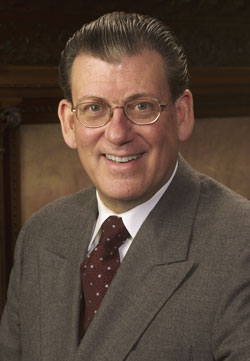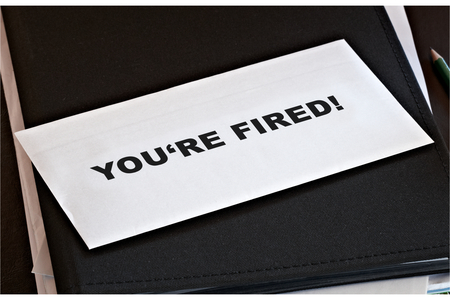ABA Committee to Revisit Bar Passage Accreditation Standard
An American Bar Association committee appears to be having second thoughts about its tentative decision last year not to recommend any changes in the law school accreditation standard dealing with bar passage rates.
What precipitated the collective change of heart? A preliminary analysis of attrition rates for candidates who sat for the multistate bar exam in July 2006 that appears to show how ineffectual the current standard is.
That analysis, performed by staffers at the National Conference of Bar Examiners, found that out of the nearly 31,000 law school graduates it could identify who took the test at that time, less than 1 percent, or 248 graduates, were still sitting for the bar on its fifth administration, 2½ years later. By its 10th administration, five years later, only 13 graduates who took the test in July 2006 were still sitting for the bar.
Under the current standard, a law school can meet the bar passage requirement in one of three ways:
• It can demonstrate that 75 percent of its graduates in the previous five years who took the bar passed.
• It can demonstrate that in at least three of the past five years, 75 percent of its graduates who took the bar passed.
• It can demonstrate that its first-time bar passage rate in at least three of the previous five years was no more than 15 points below the average bar passage rate for ABA-approved law schools in the states where its graduates took the bar.
In the past, the Section of Legal Education and Admissions to the Bar’s Standards Review Committee, which is working on a comprehensive overhaul of the law school accreditation standards, has kicked around the idea of strengthening the bar passage standard either by raising the 75 percent threshold to 80 percent, lowering the 15 percent requirement to 10 percent or reducing the five-year time frame to three years.
But the committee had tentatively decided last year not to make any substantive changes in the existing standard, fearing among other things that it might lead law schools to take fewer risks in deciding who to admit and affect their willingness to recruit and enroll minority students because minority test-takers tend to score lower on the bar exam than nonminorities.
That all appeared to change after the committee, which met over the weekend in Chicago, was briefed on the results of the NCBE analysis of test-taker attrition rates by committee member Erica Moeser, its president and CEO, who has called for a tougher bar pass standard.

Photo of Jeffrey Lewis
courtesy of St. Louis
School of Law.
Committee chair Jeffrey Lewis, a professor and former dean at St. Louis University School of Law, said the NCBE’s figures seemed to render the five-year window for meeting the requirement in the current standard meaningless. “Why have an out for schools that doesn’t represent anything?” he asked.
And committee member Catherine Carpenter, who chairs the subcommittee that is working on the bar passage standard and is a professor at Southwestern Law School in Los Angeles, said she had previously opposed any change in the five-year window. “But I now realize that it doesn’t mean anything,” she said.
In the end, the committee agreed to table the matter until its next meeting in November. And Moeser promised to return with more statistics on attrition rates for test-takers from other years to make sure the 2006 figures aren’t an aberration.
Afterward, Lewis said he was confident the committee would entertain a proposal at its next meeting to make the bar-pass standard “more realistic” in terms of what is actually happening in the real world.
“We want to have a bar pass standard that really works,” he said. “And it’s clear it doesn’t work now.”



